Along with the “How to Crochet” page I put up a bit ago—with the best video tutorials I found—I wanted to add Continental and British knitting tutorial videos to the mix.
Before I go any further, and because I know folks have opinions about these things, I want to put out there that I knit both British and Continental. My Grandmother taught me British when I was little, and later when I picked the craft back up as an adult I re-taught myself Continental. (Well, not just Continental, but Combination Knitting, just like Annie Modesitt (who has free online knitting classes)… only I didn’t write a book about it.[1])
All of that is a long way of saying I have no personal bias. I knit Continental most of the time, but I think that’s because I spent so many of my non-knitting years neck deep in crochet and thus holding the yarn etc in my left hand feels comfortable. If I do color work I knit both ways at the same time, and there are some needle and yarn sizes that simply require me to knit British.
So.
What the heck are Continental and British?
Continental Knitting has you hold your working yarn in your left hand (and generally that means you’re manipulating the yarn with your left and the needle with your right). British has you hold your working yarn in your right hand (and generally that means you’re manipulating the yarn and needle with your right). These, however, are not hard and fast rules. I’ve seen Continental knitters carry the yarn in their left but manipulate it with their right. It’s pretty cool. And ditto that in reverse for British.
All that is a long way of saying: if you’re doing something that looks like knitting and find that you’re making some kind of fabric and aren’t twisting your stitches, then you’re doing just fine. Unless someone can show you how you’re twisting something up, don’t let them tell you you’re doing it “wrong.”
Now, on with it!
Knitting is the process of making a series of slip knots but instead of making them in a chain (crochet) you’re making a loop and catching each loop on a needle. All those stitches on the stick are “live” and if you pull them off the needle and tug the yarn they’ll all rip out. Prrrrrrrrrrrrt!
Lesson?
Don’t pull your stitches off the needle.
There are two ways to look at knitted fabric, the flat side and the bumpy side. If you make a KNIT stitch, you’ll have the “flat” side facing you. This will look like “regular knitting” that you might see in a standard sweater you buy at a store.
If you turn that fabric over, you’ll see that the back side of the knit stitches is bumpy. That means you need to learn how to knit the flat “front” side and the bumpy “back” side. Those stitches are called “knit” (flat) and “purl” (bumpy).
Every move in knitting begins with either a knit stitch or a purl stitch. So, once you master these two stitches there is NOTHING you cannot do.
I’m a visual learner, so I’ve dug around to find the clearest videos I could. PLEASE feel free to put links to other good videos into the comments on this page. The more information, the better.
The Knit Stitch
The Purl Stitch
If you want flat knitting (not bumpy) then you will knit one row (often called the “right side”) then turn your knitting and purl back down to where you started (often called the “wrong” or “back side”). This is called “Stockinette Stitch.”
If you want bumpy knitting, use the knit stitch no matter which side you’re on. This is called “Garter Stitch.”
All of that is well and good, but you can’t practice if you can’t cast-on—that’s how you get the yarn on the needle to begin with. There are MANY ways to cast-on. I’ve linked here to two. The first video is the most common as it gives you a solid, generally stretchy cast-on row. The second requires less fiddling with the yarn initially, but it can make for a very loose cast-on which may look a bit baggy when you’re done.
Long Tail Cast-on
Backwards Loop Cast-on
And when you’re done, you’ll need to get the blasted thing off of your needle! For that, you need a bind off.
And now?
You can knit!
The only other things you need are to know how to increase and decrease. I found a page with very good tutorials on that, so I’ll just link you to them. And if the videos I’ve posted here don’t float your boat, please don’t despair. There have to be a metric ton of tutorials and videos out there. Poke around. I know you’ll find one that works for you. And don’t be embarrassed to go to your local yarn store. Buy some cheap yarn and needles, then plop yourself down and have them teach you. They will.
[1] I wrote a book about something else entirely.

 MamaO is Heather Ordover, author, designer, mother and knitter... not necessarily in that order. You can get posts from this blog sent directly to your inbox by signing up below, Follow her on Twitter and Like her on Facebook if you're feeling friendly-like.
MamaO is Heather Ordover, author, designer, mother and knitter... not necessarily in that order. You can get posts from this blog sent directly to your inbox by signing up below, Follow her on Twitter and Like her on Facebook if you're feeling friendly-like.















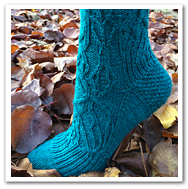
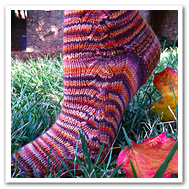
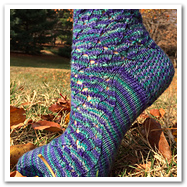
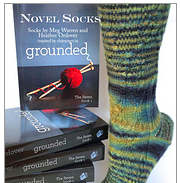

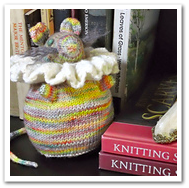
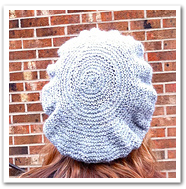
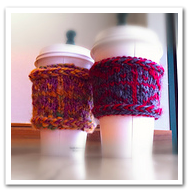
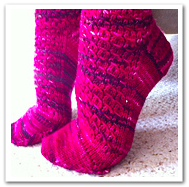
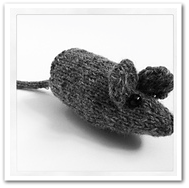
0 Visitor Comments
Trackbacks/Pingbacks